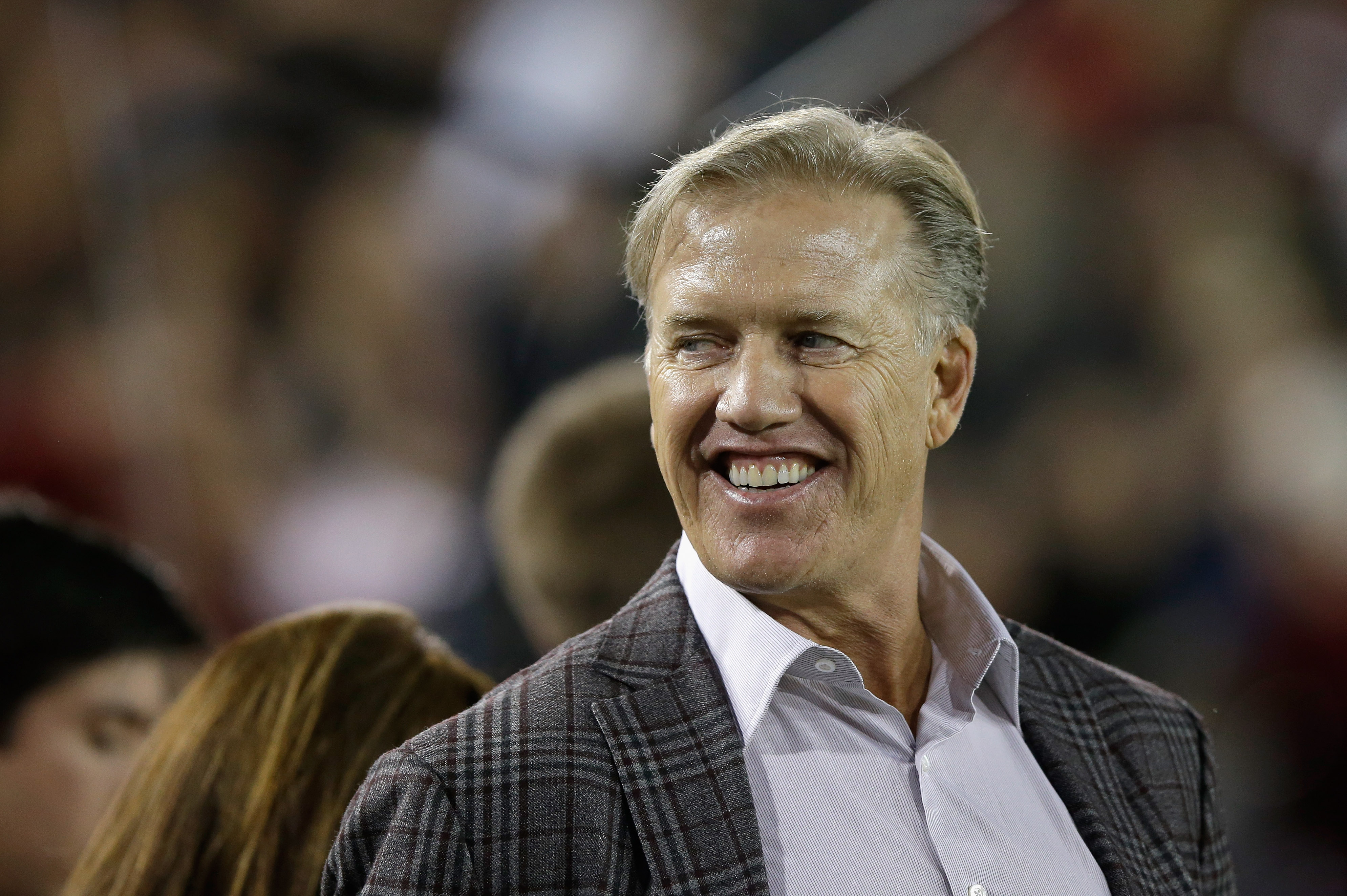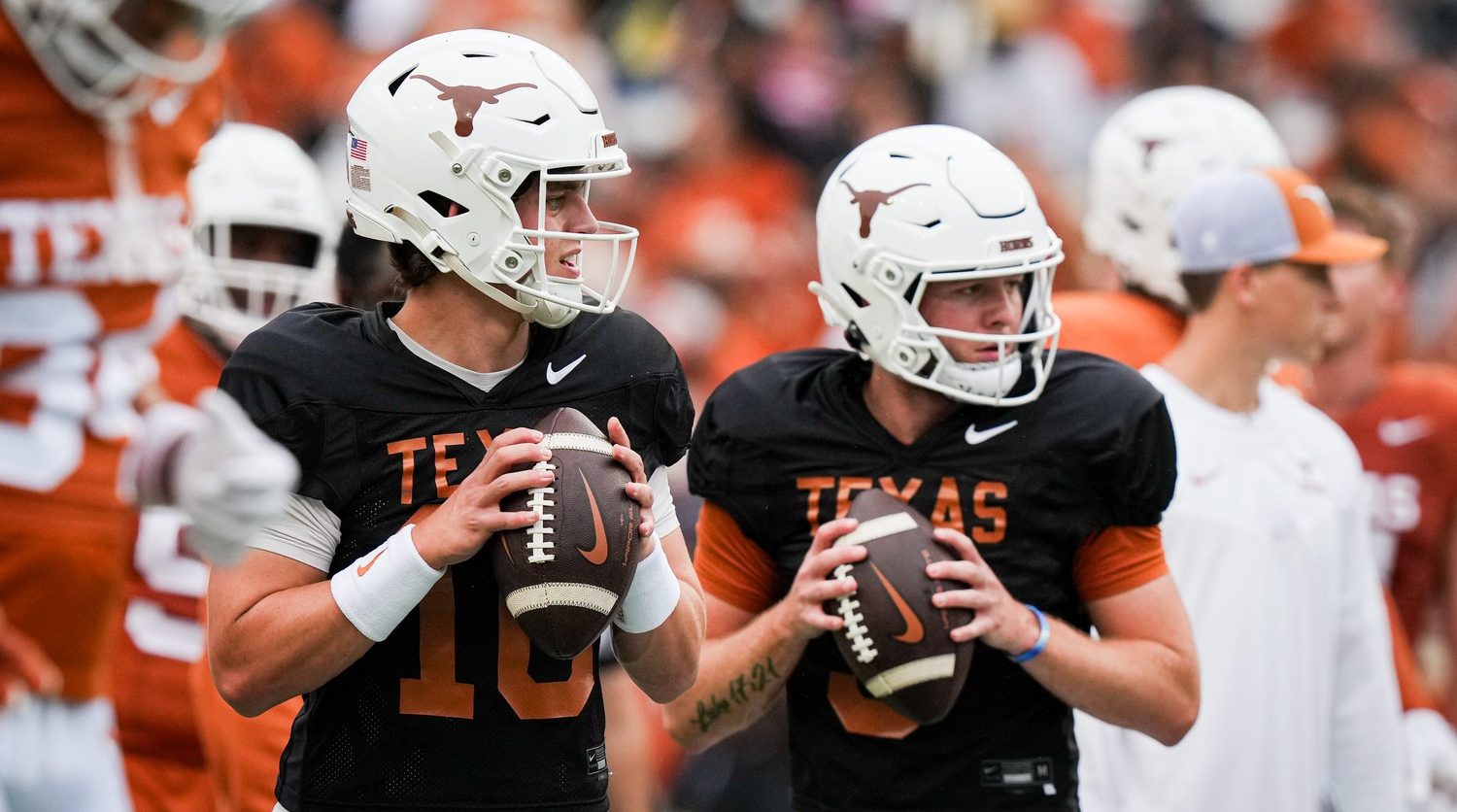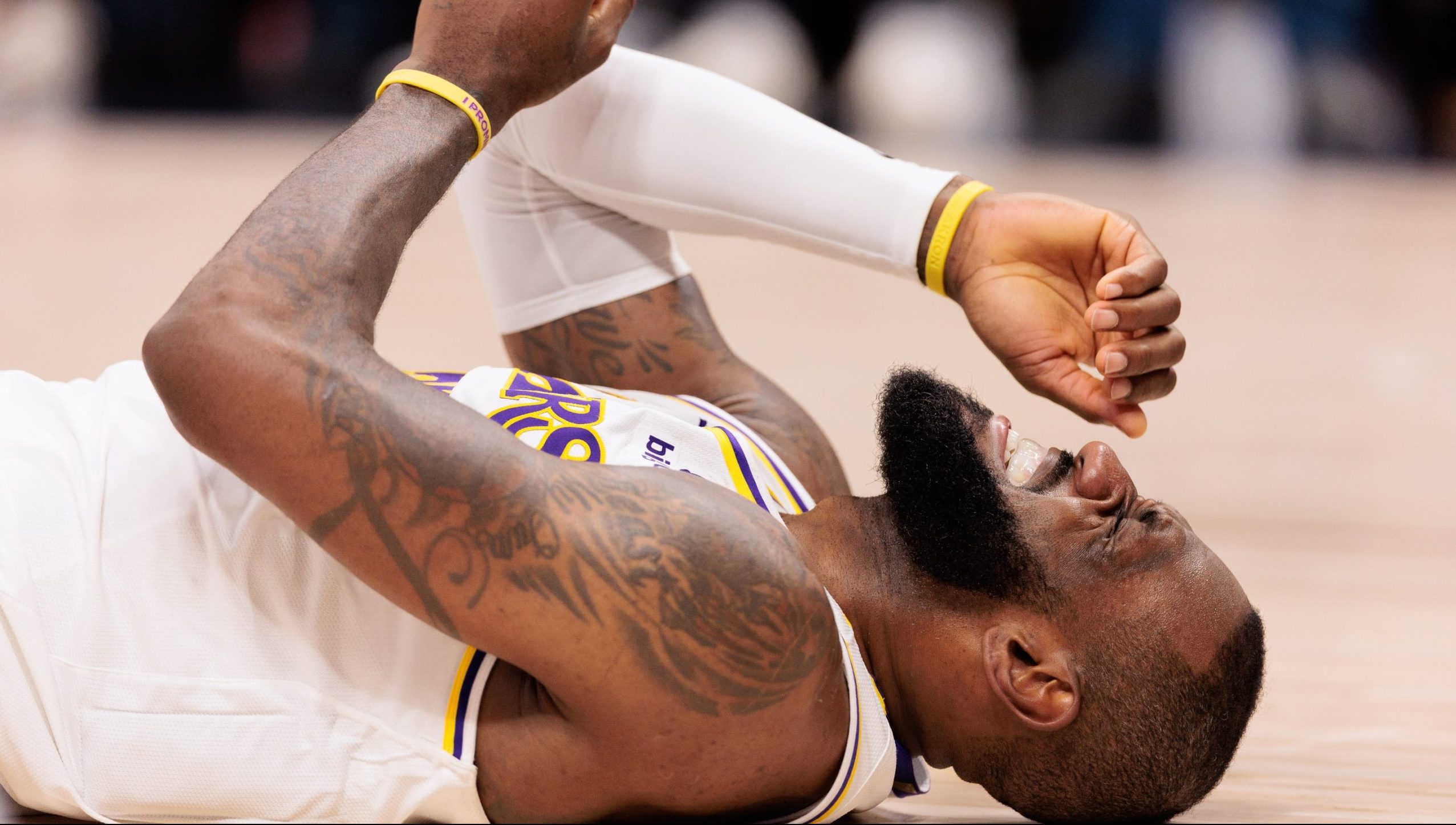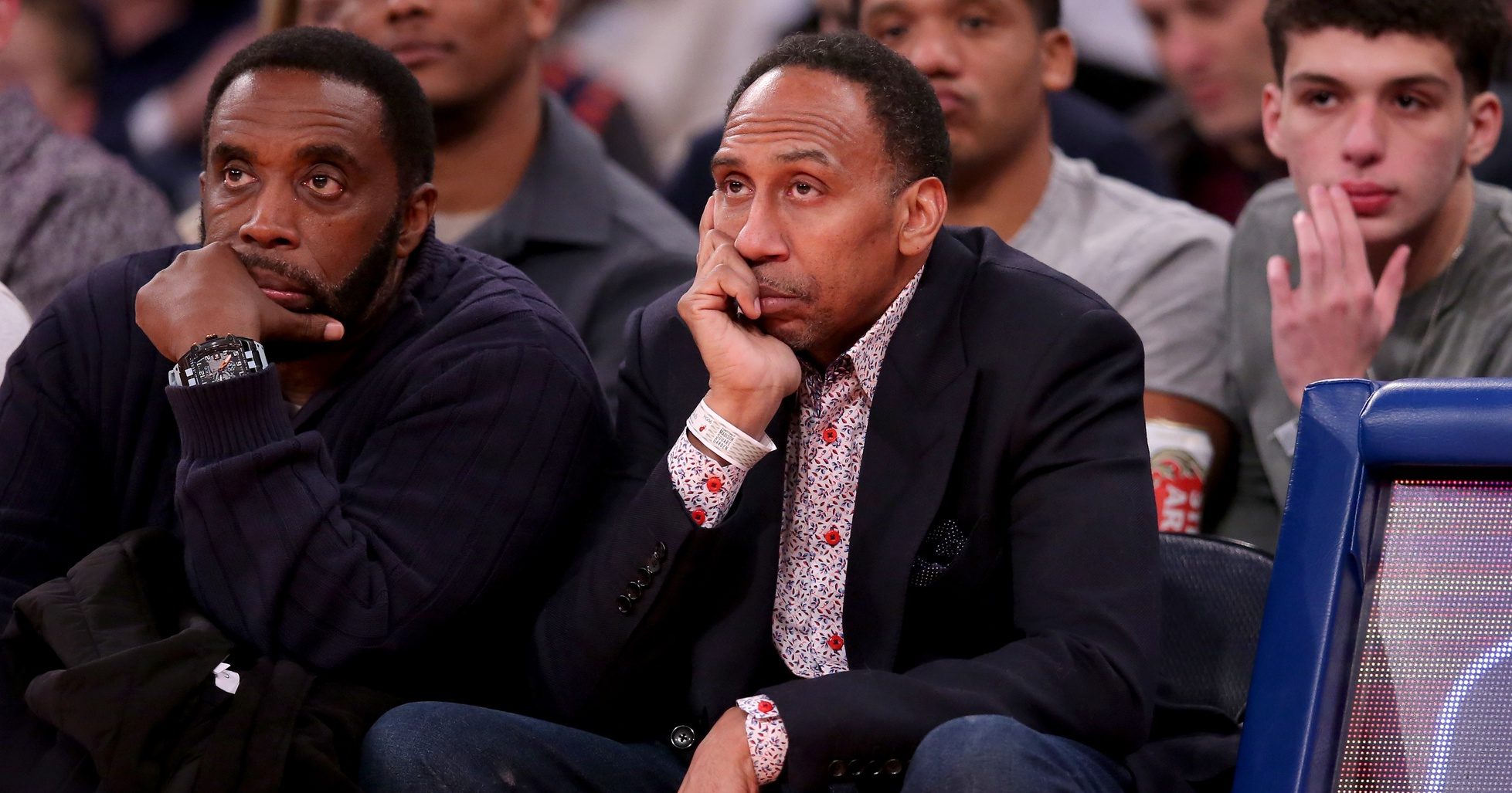John Elway was a great football player. He won a pair of Super Bowls at the end of his career, and was the hero of the Denver Broncos franchise when it was all said and done.
One thing he wasn’t quite as good at, was investing his money, as we learn from ESPN’s Darren Rovell.
In September of 1998, Broncos owner Pat Bowlen gave Elway a seemingly no-lose situation, a document that contained a deal that would have almost certainly had him set for life.
Bowlen offered Elway the right to buy a 10 percent share of the Broncos for $15 million. But that wasn’t it. Rovell said, “Bowlen would also give him the option to buy another 10 percent of the franchise by forgoing the deferred salary Bowlen owed him on the condition Elway would become a special assistant to Bowlen, which would eventually lead to a COO job.”
The deferred salary Rovell speaks of was about $21 million.
If Elway wasn’t pleased with his investment in the Broncos, Bowlen offered him the opportunity to sell back his interest in 2-5 years for $5 million more than the original purchase price. On top of that, Elway would receive 8 percent interest a year.
But there’s still more. If Elway did in fact agree to the deal, he would have right of first refusal to buy any other stake in the team if the family sold to an outsider.
So, with this seemingly no-brainer deal on the table, Elway had nine months to make his decision. But Elway continued to do what he did, and that was play football. The offer expired in June of 1999 without Elway taking advantage of the deal.
With Elway now a paid employee of the team, he has no stake in the franchise. According to Rovell, “the 20 percent stake he passed on, based on a Forbes 2015 valuation of the team at $1.94 billion, is now worth $388 million, which would have been a 646 percent return on the 1998 investment, adjusted for inflation, had he made it.”
I’m no financial expert, but that seems like it would have been pretty good.
Elway took his $15 million, and invested elsewhere. He invested in a company run by a man named Sean Mueller, and that company turned out to be a $150 million Ponzi scheme. Elway was able to withdraw $6 million, but still lost more than $7 million by the end.
Rovell shares other bad investments, which include:
- In January 1998, Elway, with his coach Mike Shanahan, invested in a laundromat franchise called Laundromax. The company said it hoped to do for laundry centers what Blockbuster did for video rentals. Like Blockbuster, it failed to live up to the future.
- In 1998, Elway invested in a Hispanic media company called Quepasa. He bought 133,333 shares for $500,000. By June 2000, after the stock had fallen from $27 to $1, he sold 33,000 shares at a $62,000 loss, according to SEC filings.
- In August 1999, Elway invested a “seven-figure amount” in MVP.com, an online sports e-commerce site, and became its co-chairman. A little more than a year later, it went bust.
Bowlen’s health is in decline, and Elway is expected to be at least a part owner of the team in the future. But he could have already been one, and at a much, much cheaper price.
Spend wisely, folks.
[ESPN]






